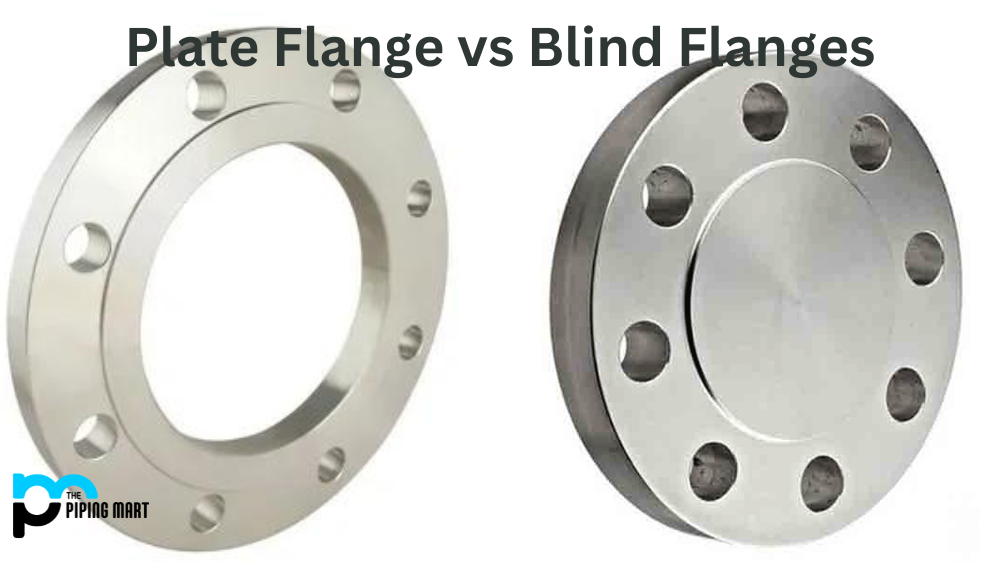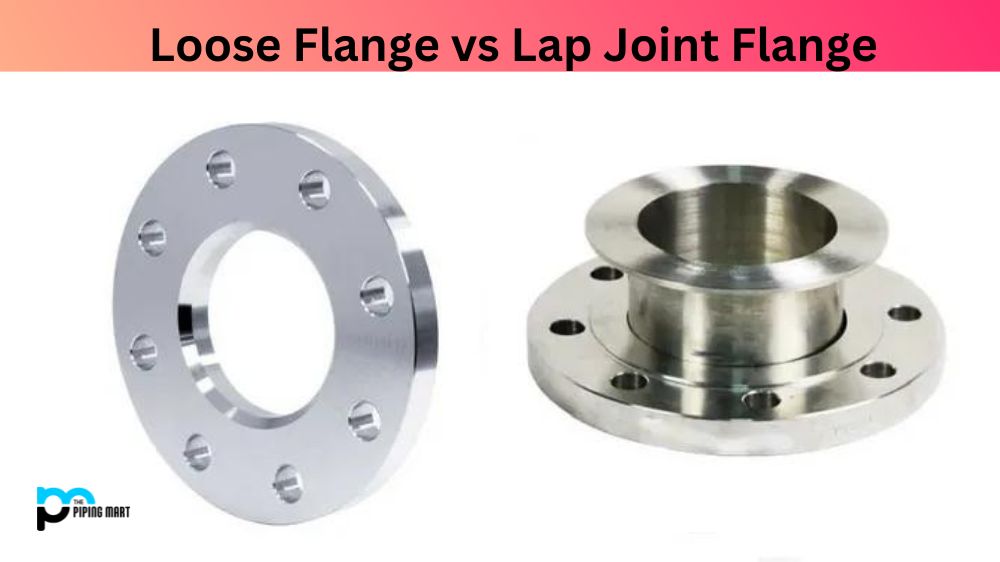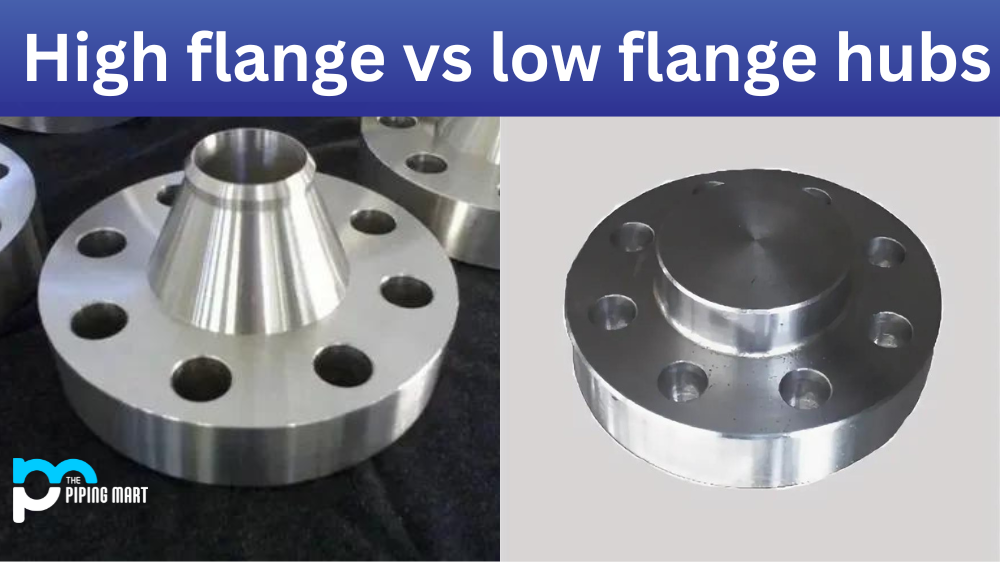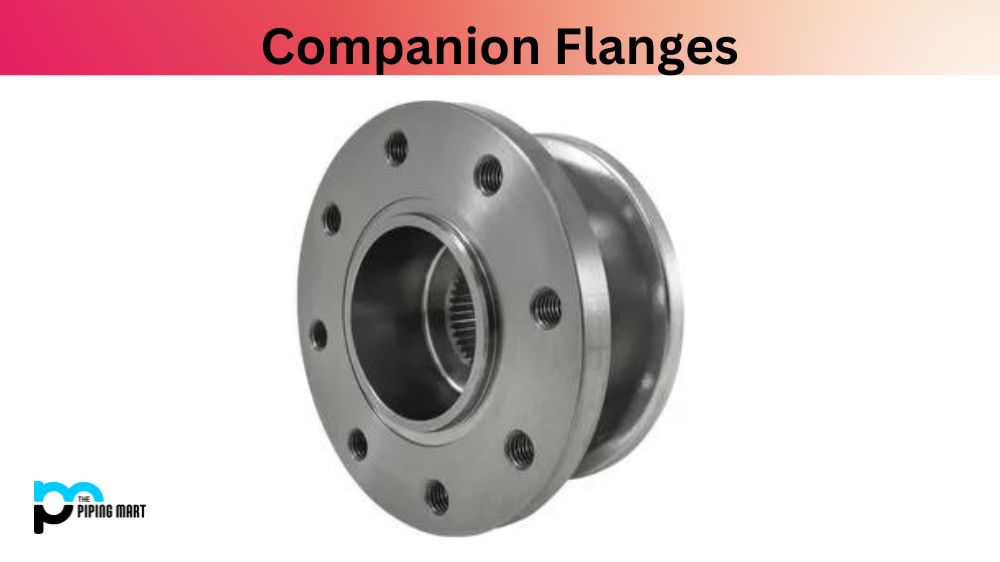Flanges play a crucial role in piping systems, linking pipes, valves, and equipment through welding, screwing, or bolting. Among the diverse flange types, plate and blind flanges serve distinct purposes, emphasizing the importance of choosing the right one for specific industrial applications. This blog post will delve into a comparative analysis of plate flanges vs. blind flanges, exploring their design, applications, and usage. This guide aims to empower decision-making, ensuring informed choices in selecting the most suitable flange type for optimal performance in your piping system.
What is Plate Flange?
What is Blind Flange?
Blind Flanges play crucial in piping systems, serving as vital components designed to seal off pipe ends effectively, preventing the escape of liquids or gases. With diverse options in sizes and materials, blind flanges cater to specific project requirements. Whether it’s high-pressure scenarios or low-temperature settings, these flanges emerge as the preferred choice for securely closing pipelines. Notably advantageous during maintenance or repairs, blind flanges permit the isolation of specific piping sections without necessitating a complete shutdown of the entire system.
Difference Between Plate Flange and Blind Flanges
Design
Plate flanges have a flat, circular design with bolt holes located at the center and surrounding rim, according to the ASME B16.5 standard. They connect pipes or tubes to various apparatus such as tanks, valves, pumps, etc., requiring constant disassembly. Plate flanges come in different grades of materials, such as carbon steel, stainless steel, and others. On the other hand, blind flanges are similar to plate flanges in shape and size but lack an opening in the centre. The absence of space makes them ideal for capping pipeline ends or closing off piping systems.
Application
Plate flanges are commonly used in piping systems that require frequent inspection and maintenance. With plate flanges, pipelines can be easily disconnected, inspected, and reconnected at any time. These flanges ensure an easy and smooth flow of fluids and gases through the system without leaking. They are appropriate for high-pressure, high-temperature, and high-stress environments. Blind flanges, blanking flanges, end piping systems or cover open-ended flanges that don’t require regular access. They are airtight and dustproof and can be used as inspection covers and flow control devices.
Usage
Plate flanges are widely used in Oil and Gas, Chemical processing, Power plants, Shipbuilding, and Water treatment plants. They are also used for different connections, such as socket-welded, threaded, slip-on, and butt-welded. Blind flanges are commonly used in Water, Air, Gas Pipelines, Food and beverage manufacturing, and Pharmaceutical industries. Since they cover the end of the channel. They provide additional protection against contamination, dust, and particles, preventing them from entering the system.
Other Differences
- Plate flanges are generally used in applications with relatively low pressure, and bolt loads are not as critical.
- Blind flanges are typically used in higher-pressure applications, and bolt loads are more critical.
- Plate flanges are easier to install than blind flanges.
- Blind flanges are more expensive than plate flanges.
- Plate flanges can be used with either welded or threaded pipe.
- Blind flanges can only be used with the welded pipe.
- Plate flanges can be used in various applications, including high temperatures and pressures.
- Blind flanges are typically used when a tight seal is required, such as in fuel or chemical lines.
Conclusion
Plate flanges and blind flanges find popularity in various industries, each serving distinct purposes. Plate flanges feature a flat design, and suit piping systems require frequent maintenance and inspection. In contrast, blind flanges lack a center opening, perfect for capping pipeline ends or closing off entire piping systems. The critical decision lies in choosing the appropriate flange type tailored to specific industrial applications. In some cases, a combination of both may be necessary to meet the diverse needs of a piping system. Consulting with OEMs, flange experts, and engineers is advised to ensure the optimal selection for your applications, ultimately guaranteeing a safe, secure, and efficient piping system.

Meet Bhavesh, a seasoned blogger with a wealth of knowledge and experience. From metal products manufacturing to retail, Bhavesh has a diverse background in various industries and is dedicated to sharing his insights and expertise with readers.




